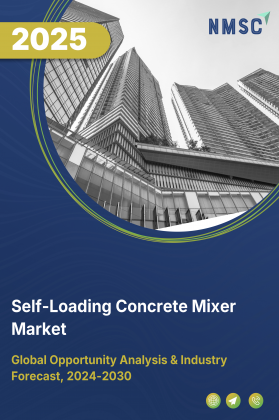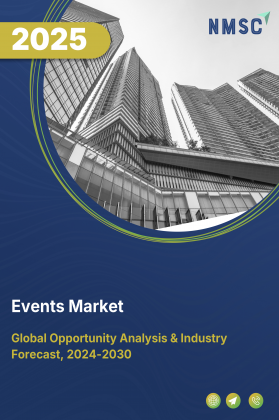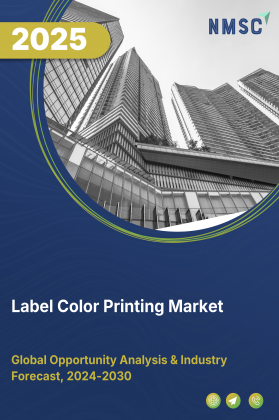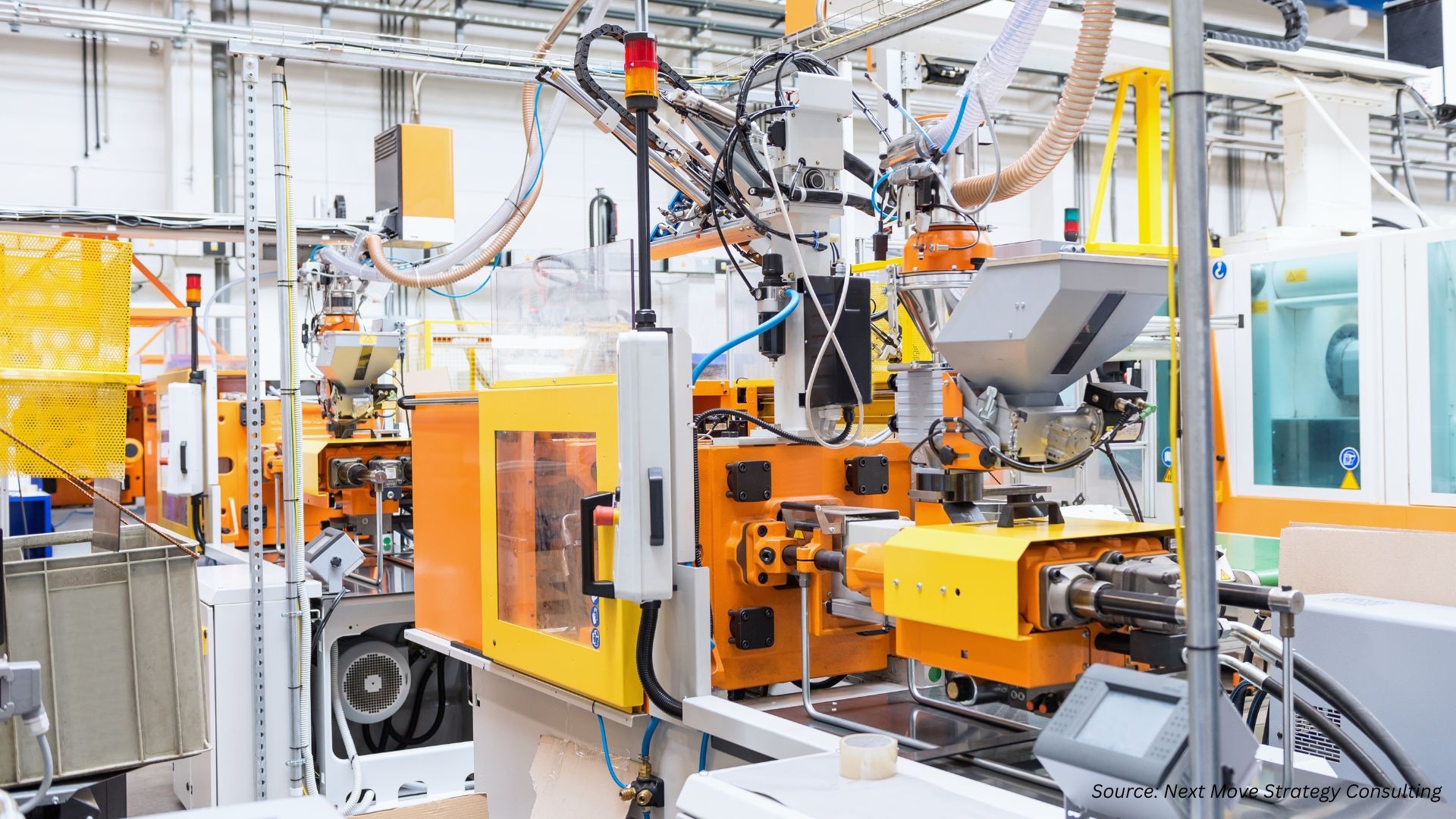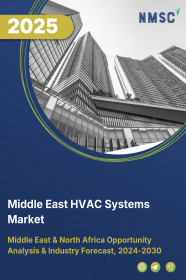
Middle East HVAC Systems Market by Equipment (Room‐Level Air Conditioners, and Others), by System Type (Centralized Systems, and Others), by Implementation Type (New Construction Buildings, and Retrofit Buildings), by Technology (Inverter Technology, and Others), by Energy Efficiency (1 Star, and Others), by Capacity (Up to 1.5 Ton, and Others), by Installation/Mounting (Wall-mounted, and Others), by End User (Commercial, and Others) - Opportunity Analysis and Industry Forecast, 2024– 2030.
Industry: Construction & Manufacturing | Publish Date: 15-Oct-2025 | No of Pages: 148 | No. of Tables: 350 | No. of Figures: 295 | Format: PDF | Report Code : CM1954
Market Definition
The Middle East HVAC System Market size was valued at USD 3.14 billion in 2023, and is predicted to reach USD 5.65 billion by 2030, at a CAGR of 8.2% from 2024 to 2030.
HVAC (Heating, Ventilation, and Air Conditioning) refers to the technology and systems used in buildings to regulate indoor environmental conditions such as temperature, humidity, and air quality to ensure comfort and safety for occupants. Heating systems provide warmth during colder months, ventilation systems circulate and replenish indoor air, and air conditioning systems cool and dehumidify indoor air during warmer months.
HVAC systems offer several advantages, including improved occupant comfort and health, increased energy efficiency leading to cost savings, better indoor air quality through filtration and ventilation, precise temperature control for enhanced productivity in commercial settings, and protection of building infrastructure from extreme weather conditions. Additionally, these systems can be designed to meet specific requirements, contributing to sustainability goals by reducing carbon emissions and promoting eco-friendly practices in building operations.
Rising Urbanization and Construction Trends Propel Market Expansion in the Middle East
Rapid urbanization and robust construction activity are key forces accelerating the growth of the HVAC systems market across the Middle East. With the region witnessing a surge in population and large-scale infrastructure projects, the demand for HVAC systems in residential complexes, commercial buildings, and industrial facilities is rising steadily. Governments and private developers are investing heavily in new developments—from high-rise apartments and shopping malls to logistics hubs and office towers—where efficient climate control is essential due to the region’s extreme temperatures.
In parallel, the construction sector is undergoing a transformation toward sustainable and energy-efficient building practices. Regional green building regulations and sustainability goals are mandating the use of environmentally friendly technologies, including high-efficiency HVAC systems. As new developments are increasingly designed to meet LEED, Estidama, or other local green building certifications, HVAC systems that reduce energy consumption and carbon emissions are becoming indispensable, further driving market growth across the Middle East.
Growing Demand for Improved Indoor and Outdoor Air Quality Drives HVAC Market in the Middle East
The demand for improved air quality—both indoors and outdoors—is becoming a critical driver of HVAC market expansion in the Middle East. Heightened awareness of the health risks associated with poor air quality, combined with frequent dust storms and high pollution levels in urban areas, is encouraging a shift toward HVAC systems equipped with advanced purification technologies. Property owners and facility managers are seeking solutions that go beyond basic cooling to include filtration and sterilization capabilities that safeguard occupant health.
In response, manufacturers are introducing HVAC systems featuring HEPA filtration, UV-C light sterilization, ionization, and other technologies that remove airborne pollutants, allergens, and pathogens. These systems not only address public health concerns but also align with regional regulations aimed at reducing environmental impact. As air quality becomes a priority in urban planning and building design, the adoption of advanced HVAC technologies is expected to accelerate, supporting the region’s broader health, sustainability, and climate resilience objectives.
Regulatory Compliance Associated with HVAC Systems Impedes Market Expansion in the Middle East
The HVAC systems market in the Middle East faces significant challenges due to the growing complexity of regulatory compliance. Governments and regulatory bodies across the region are tightening standards related to energy efficiency, refrigerant usage, carbon emissions, and indoor air quality. These evolving policies, while crucial for sustainability goals, introduce substantial operational and financial pressures on HVAC manufacturers and service providers. Adherence to national and international building codes and environmental regulations often necessitates extensive testing, certification processes, and continuous upgrades in system design and performance.
For small and mid-sized companies, this regulatory environment can act as a major barrier to market entry or expansion. The cost of compliance—ranging from research and development to certification and product redesign—can divert resources from other strategic priorities. Companies may face delays in product rollouts or limitations in addressing emerging market demands, particularly when compliance requirements shift quickly or vary across countries within the region.
Integration of Solar-Powered HVAC Systems Creates Growth Opportunities in the Middle East
The adoption of solar-powered HVAC systems is emerging as a key opportunity for market growth across the Middle East, where high solar irradiance and rising energy demands create ideal conditions for renewable-powered climate control solutions. These systems leverage photovoltaic (PV) technology to power heating, ventilation, and air conditioning operations, significantly reducing dependence on conventional electricity sources. As governments across the region push for cleaner energy alternatives and reduced carbon footprints, solar-powered HVAC systems align well with national sustainability targets and decarbonization strategies.
Advancements in solar panel efficiency, energy storage solutions, and smart system integration are making solar-powered HVAC systems increasingly viable for both residential and commercial applications. With energy costs continuing to rise and environmental regulations becoming more stringent, the appeal of self-sufficient, grid-independent systems is growing. The ability of these systems to deliver long-term cost savings, reduce emissions, and support green building certifications positions them as a strategic solution in the region's transition to energy-efficient infrastructure. This trend is expected to drive increased investment and innovation in renewable HVAC technologies throughout the Middle East.
Competitive Landscape
The market players operating in the Middle East HVAC System market include Daikin Industries, Ltd., Carrier Global Corporation, Trane Technologies (Trane), Johnson Controls - Hitachi Air Conditioning Company, Mitsubishi Electric Corporation, LG Electronics, Samsung Electronics, Panasonic Marketing Middle East & Africa FZE, Rheem MEA Manufacturing LLC, Midea Group, GREE Electric Appliances Inc. of Zhuhai, Fujitsu General, Mayekawa Mfg. Co., Ltd., Zamil Air Conditioners Holding Company Ltd., Lennox International Inc. and others.
Middle East HVAC System Market Key Segments
By Equipment
-
Room‐Level Air Conditioners
-
Window
-
Portable
-
Cassette (ceiling-mounted)
-
Floor-standing console
-
-
Split Air Conditioners
-
Single-split (1 indoor + 1 outdoor)
-
Multi-split (≥2 indoors + 1 outdoor)
-
VRF/VRV
-
-
Packaged & Central AC Units
-
Rooftop packaged units
-
Self-contained packaged units
-
Central chiller and AHU systems
-
-
Chillers
-
Air-cooled
-
Water-cooled
-
Absorption
-
-
Heating Equipment
-
Heat Pumps
-
Furnaces
-
Boilers
-
Unit Heaters
-
-
Ventilation Equipment
-
Air Handling Units (AHUs)
-
Fans & Blowers
-
Air Filtration Systems
-
Air Purification Systems
-
-
Humidity Control
-
Humidifiers
-
Dehumidifiers
-
-
Cooling Towers
-
Controls & Thermostats
By System Type
-
Centralized Systems
-
Decentralized Systems
-
Hybrid Systems
By Implementation Type
-
New Construction Buildings
-
Retrofit Buildings
By Technology
-
Inverter Technology
-
Non-Inverter Technology
-
Smart/IoT-enabled
-
Conventional
By Energy Efficiency
-
1 Star
-
2 Star
-
3 Star
-
4 Star
-
5 Star
By Capacity
-
Up To 1.5 Ton
-
1.5-3 Ton
-
3-5 Ton
-
Above 5 Ton
By Installation/Mounting
-
Wall-mounted
-
Ceiling-mounted
-
Floor-standing
-
Ducted
-
Window-mounted
-
Portable
By End User
-
Commercial
-
Offices
-
Hospitality (Hotels, Restaurants)
-
Healthcare
-
Education
-
Retail
-
Airports
-
-
Residential
-
Industrial
By Region
-
Middle East
-
Saudi Arabia
-
United Arab Emirates (UAE)
-
Israel
-
Qatar
-
Kuwait
-
Oman
-
Other Countries
-
Key Players
-
Daikin Industries, Ltd.
-
Carrier Global Corporation
-
Trane Technologies (Trane)
-
Johnson Controls - Hitachi Air Conditioning Company
-
Mitsubishi Electric Corporation
-
LG Electronics
-
Samsung Electronics
-
Panasonic Marketing Middle East & Africa FZE
-
Rheem MEA Manufacturing LLC
-
Midea Group
-
GREE Electric Appliances Inc. of Zhuhai
-
Fujitsu General
-
Mayekawa Mfg. Co., Ltd.
-
Zamil Air Conditioners Holding Company Ltd.
-
Lennox International Inc.
Report Scope and Segmentation
|
Parameters |
Details |
|
Market Size in 2023 |
USD 3.14 Billion |
|
Revenue Forecast in 2030 |
USD 5.65 Billion |
|
Growth Rate |
CAGR of 8.2% from 2024 to 2030 |
|
Analysis Period |
2023–2030 |
|
Base Year Considered |
2023 |
|
Forecast Period |
2024–2030 |
|
Market Size Estimation |
Billion (USD) |
|
Growth Factors |
|
|
Companies Profiled |
15 |
|
Market Share |
Available for 10 companies |
|
Customization Scope |
Free customization (equivalent up to 80 working hours of analysts) after purchase. Addition or alteration to country, regional, and segment scope. |
|
Pricing and Purchase Options |
Avail customized purchase options to meet your exact research needs. |

















 Speak to Our Analyst
Speak to Our Analyst



